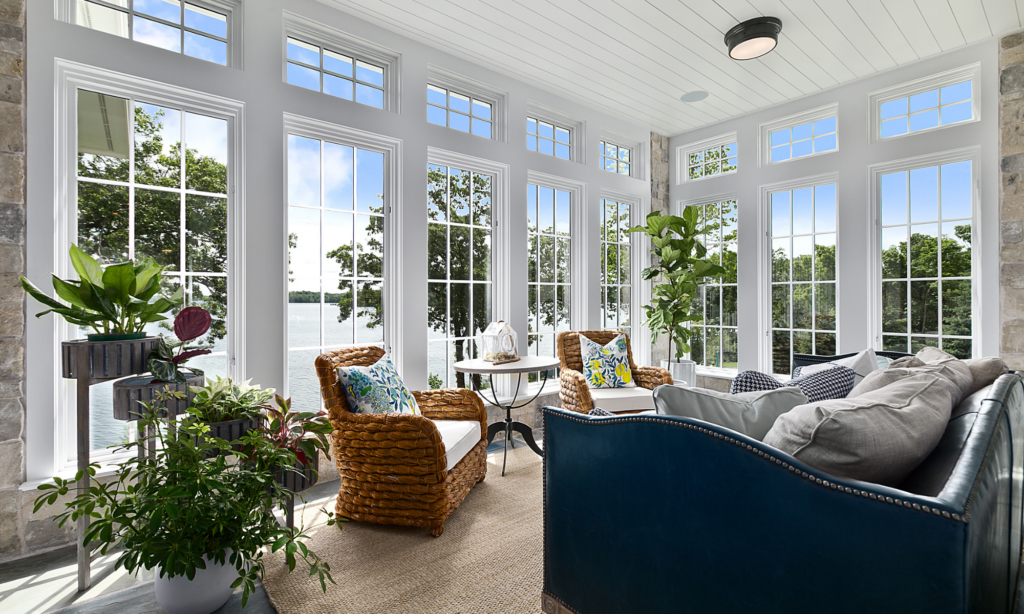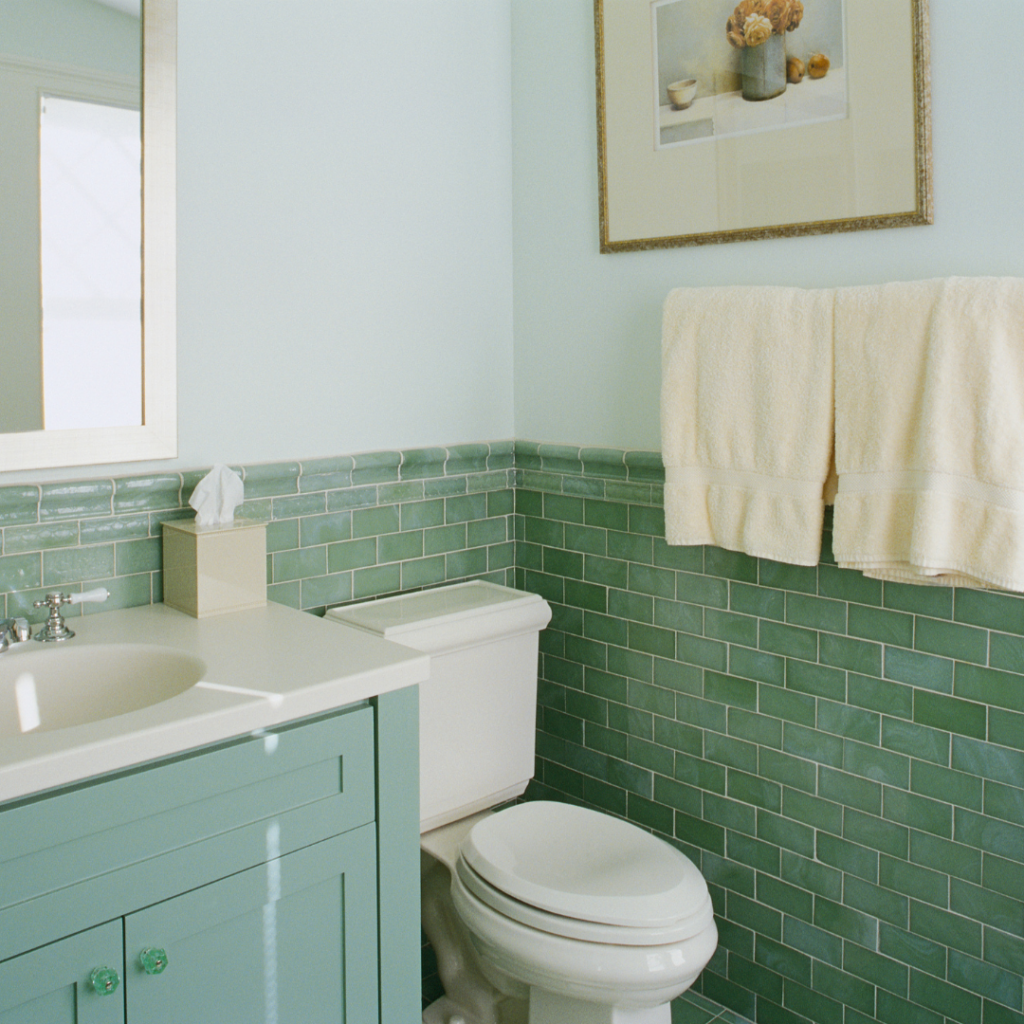Gutters are often overlooked, but they play a vital role in protecting your home from water damage. While choosing quality materials is important, proper gutter slope and placement are just as critical to ensuring your system works effectively. Even the best gutters can fail if they’re not installed with the right angle or positioned correctly. Taking the time to get these basics right can help you avoid costly repairs and extend the life of your roofing, siding, and foundation.

The Importance of Gutter Slope
Gutters must be slightly sloped, typically about ¼ inch for every 10 feet, to allow water to flow smoothly toward the downspouts. If the slope is too flat, water can pool in the gutters, leading to overflow, sagging, and even ice dams in winter. If the slope is too steep, water may rush too quickly, causing splashing, erosion, or missing the downspout entirely. When gutters don’t drain properly, standing water adds unnecessary weight, increasing the risk of gutters pulling away from the house. Over time, improper slopes can cause water damage to fascia boards, siding, and even interior walls if leaks develop. Periodically checking and adjusting the slope can prevent these issues before they start.
The Role of Proper Placement

Gutters also need to be placed correctly along the roofline to catch rainwater effectively. If they sit too high, water can overflow the gutter during heavy rain. If they’re too low, water may drip behind the gutter, leading to fascia and soffit damage. Ideally, gutters should align slightly below the roof’s edge and extend fully beneath the drip edge to ensure optimal performance. Proper placement also helps direct debris into the gutter (where it can be cleaned) instead of allowing it to build up on the roof. When gutters are placed correctly, they work in harmony with your roofing system to protect your entire home from water-related wear.
Consequences of Poor Installation
Incorrect slope or placement can lead to water pooling near your foundation, which may cause basement flooding, soil erosion, and structural issues. Water that overflows from poorly installed gutters can also damage landscaping, create slippery walkways, and stain exterior walls. Over time, clogged or misaligned gutters contribute to roof leaks, attic moisture problems, and the growth of mold or mildew on siding. In colder climates, poor drainage can lead to dangerous ice dams and icicle formation. Investing in professional installation or carefully adjusting your existing gutters ensures that water is safely directed away from your home, helping you avoid expensive damage and unnecessary headaches.
How Much Can New Windows Save on Energy Bills?
When homeowners consider improving energy efficiency, windows are often overlooked in favor of larger upgrades, such as…
What to Expect During a Roof Replacement
Replacing your roof may feel like a daunting project, but with the right expectations, the process becomes…
Bathroom Remodeling on a Budget: Where to Save and Where to Spend
Remodeling a bathroom is one of the best ways to update your home’s style, comfort, and resale…



